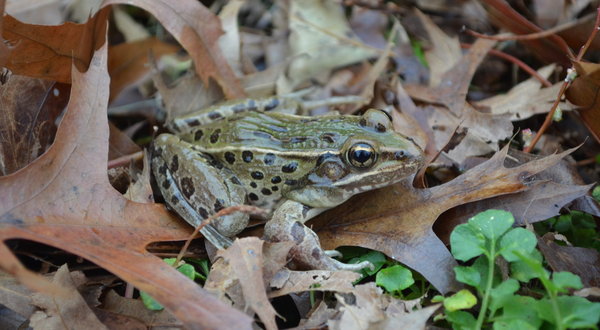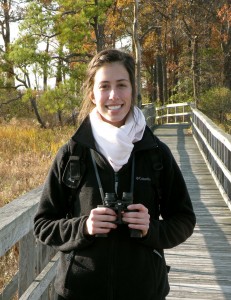The Lorax was taken (his statue at least) from the La Jolla, California estate of the late Theodore Geisel (Dr. Seuss).
In reading about the theft, I immediately thought of the image of the Lorax and the iconic phrase “I speak for the trees.” The childhood favorite by Dr. Seuss may not have been a peer-reviewed technical study, but the very basis of this story remains true of the environmental landscape today.
Development, whether residential, commercial or industrial, is a common occurrence. It has become a norm. While I know I should grow to accept that developing land is not going to end in my lifetime and not every piece of land can be conserved, I just cannot let it go. I am fully cognizant of the fact that not everyone feels the same way about the environment as I do – that is life. But it just seems wrong to sit back and watch as parcel after parcel becomes developed.
I am from Perry Hall, MD where my part of Baltimore County has already been significantly developed. So moving permanently to the shore where there are such large expanses of land for sale, vulnerable to development, is completely new to me and has subsequently made me fully aware of the process of zoning and developing in Maryland.
Directly across from my apartment is 75 acres of farmland for sale, commercially zoned and capable of being subdivided. I have learned that if land has already been zoned for commercial use the battle for conservation is pretty much over. This morning I accepted that fact and took this as a learning opportunity. But while watching the clip of the animated version of The Lorax, I was immediately reminded of why I got involved in and focused my education on the environment. It was not because it was cool at the time to be green or because I wanted to skip in the flowers, it was so I could “speak for the trees” – well for everything environmental really…
It is true that the battle to conserve the 75 acres of farmland next to my apartment is probably already lost, but what good would I have done if I just stayed silent about it and not started asking questions? At least I can say I have tried.
In the environmental sector you cannot let the game and the expansive red tape discourage you. We all have our own version of “the trees” that we speak for. When you become involved in the environmental game, it is easy to get discouraged or even cynical. But every once in a while you need to be reminded of why you chose this career path, of what inspired you in the first place to enter the environmental arena and fight for what you believe in.
So lets all take the evening off to be reminded of the lessons from The Lorax =]
http://towncreekfdn.org//www.youtube.com/watch?v=23lHvYfaENw&feature=related


